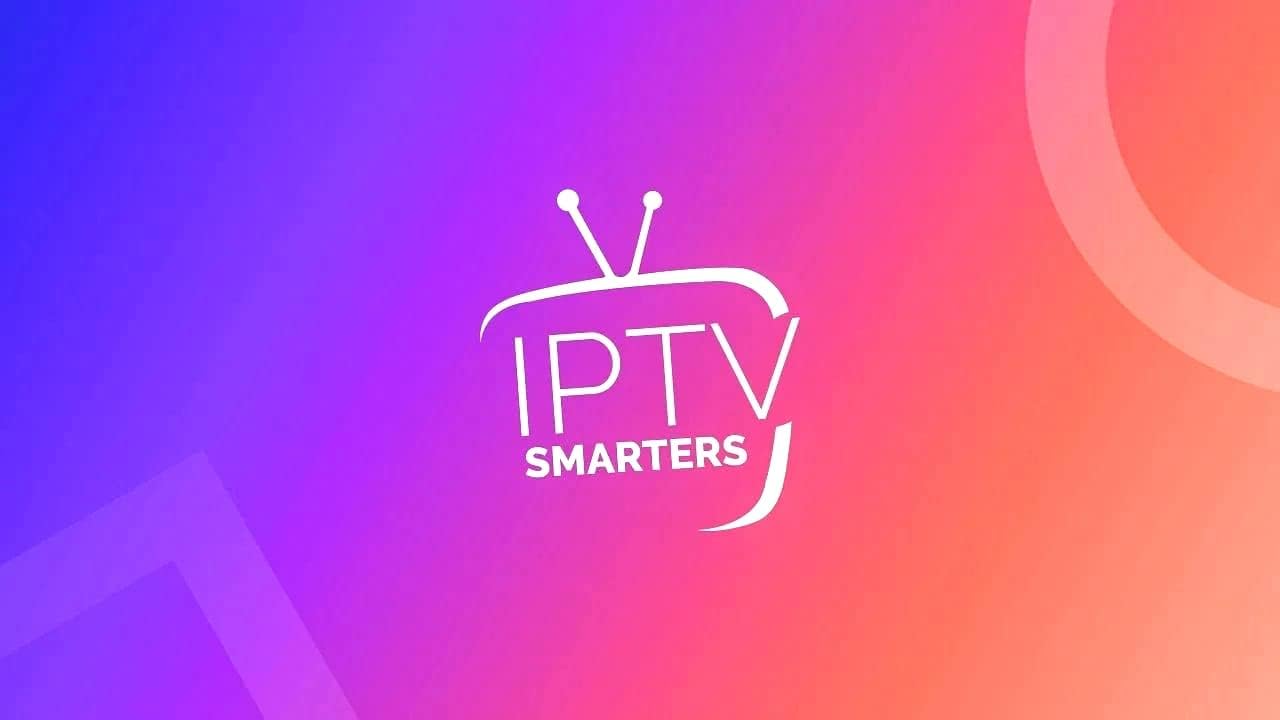Evolution and Impact of IPTV Subscription Services in the USA
In recent years, the landscape of television and video content consumption has undergone a significant transformation. Traditional cable and satellite TV are facing stiff competition from internet-based streaming services, with IPTV (Internet Protocol Television) emerging as a prominent player in this evolving industry. This article delves into the world of IPTV subscription services in the USA, exploring its origins, growth, benefits, and challenges to traditional broadcasting.

Origins and Growth (IPTV Subscription Services in the USA)
The roots of IPTV can be traced back to the early 1990s when internet technology began to advance rapidly. However, it wasn’t until the 2000s that the concept gained momentum and started to be adopted on a larger scale. Today, IPTV has become a global phenomenon, with millions of subscribers worldwide. In the USA, the growth of IPTV subscriptions has been particularly noteworthy, driven by the increasing demand for personalized and convenient content consumption.
Guide to Gamma IPTV Subscription
Benefits of IPTV Subscription Services
- Customization: One of the key advantages of IPTV is the ability for users to customize their content. Subscribers can choose from a vast array of channels, including international and niche options, tailoring their viewing experience to their preferences.
- On-Demand Content: IPTV allows users to access on-demand content, breaking free from the constraints of traditional TV schedules. This feature has become increasingly appealing to consumers who value flexibility in their entertainment choices.
- Cost-Effective: IPTV services often offer competitive pricing compared to traditional cable and satellite TV packages. With a variety of subscription plans available, users can select options that align with their budget and viewing habits.
- Multi-Device Access: IPTV services enable viewers to access their favorite content on multiple devices, such as smartphones, tablets, smart TVs, and computers. This versatility enhances the overall user experience, allowing for seamless transitions between different screens.
Challenges and Controversies
Despite its growing popularity, IPTV has faced challenges and controversies. One of the primary concerns revolves around copyright infringement, as some IPTV services may provide access to pirated content. This has led to legal battles and increased scrutiny from authorities, prompting the need for stricter regulations within the industry.
Another challenge is the potential for service disruptions due to internet connectivity issues. Unlike traditional broadcasting methods, which are less susceptible to fluctuations in internet speed, IPTV relies heavily on a stable and high-speed internet connection. This dependency poses challenges, especially in areas with limited internet infrastructure.
Regulatory Landscape
The regulatory landscape for IPTV in the USA is evolving as authorities grapple with the challenges posed by this rapidly expanding industry. Government agencies are working to strike a balance between fostering innovation and protecting the rights of content creators. Regulatory measures are being implemented to curb piracy and ensure that IPTV services adhere to copyright laws, providing a more secure environment for both providers and consumers.

Future Trends (IPTV Subscription Services in the USA)
As technology continues to advance, the future of IPTV subscription services in the USA looks promising. The integration of artificial intelligence and machine learning is expected to enhance content recommendations, providing users with a more personalized and immersive viewing experience. Additionally, the emergence of 5G technology is likely to address connectivity concerns, making IPTV even more accessible and reliable.
Comprehensive Guide to IPTV Boxes and Subscriptions
Deduction
IPTV subscription services have redefined the way Americans consume television content, offering a more flexible, customizable, and cost-effective alternative to traditional cable and satellite TV. The industry’s growth is evident, with millions of subscribers choosing IPTV for its convenience and on-demand capabilities. However, challenges such as copyright infringement and connectivity issues need to be addressed through effective regulation and technological advancements. As the IPTV landscape continues to evolve, it will be fascinating to witness how these services shape the future of entertainment in the USA.

